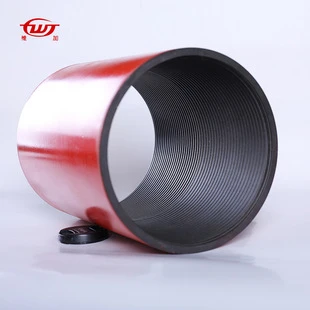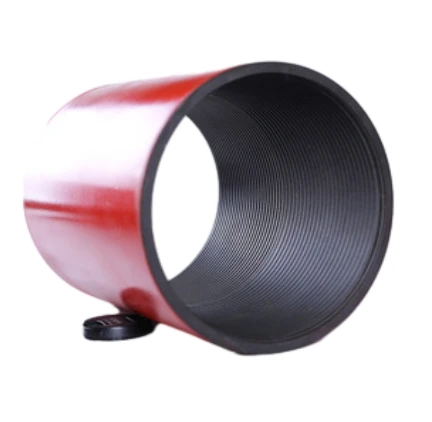- Afrikaans
- Albanian
- Amharic
- Arabic
- Armenian
- Azerbaijani
- Basque
- Belarusian
- Bengali
- Bosnian
- Bulgarian
- Catalan
- Cebuano
- Corsican
- Croatian
- Czech
- Danish
- Dutch
- English
- Esperanto
- Estonian
- Finnish
- French
- Frisian
- Galician
- Georgian
- German
- Greek
- Gujarati
- Haitian Creole
- hausa
- hawaiian
- Hebrew
- Hindi
- Miao
- Hungarian
- Icelandic
- igbo
- Indonesian
- irish
- Italian
- Japanese
- Javanese
- Kannada
- kazakh
- Khmer
- Rwandese
- Korean
- Kurdish
- Kyrgyz
- Lao
- Latin
- Latvian
- Lithuanian
- Luxembourgish
- Macedonian
- Malgashi
- Malay
- Malayalam
- Maltese
- Maori
- Marathi
- Mongolian
- Myanmar
- Nepali
- Norwegian
- Norwegian
- Occitan
- Pashto
- Persian
- Polish
- Portuguese
- Punjabi
- Romanian
- Russian
- Samoan
- Scottish Gaelic
- Serbian
- Sesotho
- Shona
- Sindhi
- Sinhala
- Slovak
- Slovenian
- Somali
- Spanish
- Sundanese
- Swahili
- Swedish
- Tagalog
- Tajik
- Tamil
- Tatar
- Telugu
- Thai
- Turkish
- Turkmen
- Ukrainian
- Urdu
- Uighur
- Uzbek
- Vietnamese
- Welsh
- Bantu
- Yiddish
- Yoruba
- Zulu
Februari . 01, 2025 03:51
Back to list
casing coupling china manufacturer
Understanding the intricacies of casing collars is essential for anyone involved in the oil and gas industry, as these components play a crucial role in maintaining the structural integrity and safety of wellbore designs. A casing collar is a crucial connection piece used in oil and gas drilling that joins segments of casing pipes together, ensuring that the casing string functions seamlessly as a single unit. The significance of these components cannot be overstated in the successful exploration and production of hydrocarbons.
For those seeking to optimize their drilling operations, understanding the specific types of casing collars available and their applications is vital. There are a variety of designs, including but not limited to integral joint collars, thread protectors, and premium connections. Each type carries unique advantages and is suited to specific operational needs. For instance, integral joint collars are often chosen for their ability to withstand high tension and torque, making them ideal for deep well applications. In selecting a casing collar, recognizing the expertise of the supplier is as important as understanding the product itself. Reputable manufacturers invest heavily in research and development, continually testing their products against the toughest conditions to push the boundaries of what casing collars can achieve. A manufacturer with a strong heritage of innovation and a commitment to quality assurance is invaluable. The invaluable experience shared by industry veterans points to the significance of proper installation and maintenance of casing collars. This insight ensures that the casing strings remain intact and operational over an extended period. Oilfield service companies offer training modules for field technicians and engineers, emphasizing the necessity of precision during the assembly and disassembly phases of casing collars. Ultimately, casing collars are a testament to the oil and gas industry's commitment to safety and efficiency. As exploration and production techniques continue to evolve, so too does the technology behind essential components such as casing collars. By adhering to standards of experience, expertise, authoritativeness, and trustworthiness, companies can not only improve their bottom line but also ensure the safe and sustainable development of energy resources. In conclusion, whether you are an industry novice or a seasoned professional, understanding the multifaceted role of casing collars within the drilling process offers a substantial advantage. Leveraging an expert-approved and trustworthy casing collar can substantially bolster the success and safety of your drilling operations, a cornerstone for anyone striving to excel in the competitive oil and gas arena.


For those seeking to optimize their drilling operations, understanding the specific types of casing collars available and their applications is vital. There are a variety of designs, including but not limited to integral joint collars, thread protectors, and premium connections. Each type carries unique advantages and is suited to specific operational needs. For instance, integral joint collars are often chosen for their ability to withstand high tension and torque, making them ideal for deep well applications. In selecting a casing collar, recognizing the expertise of the supplier is as important as understanding the product itself. Reputable manufacturers invest heavily in research and development, continually testing their products against the toughest conditions to push the boundaries of what casing collars can achieve. A manufacturer with a strong heritage of innovation and a commitment to quality assurance is invaluable. The invaluable experience shared by industry veterans points to the significance of proper installation and maintenance of casing collars. This insight ensures that the casing strings remain intact and operational over an extended period. Oilfield service companies offer training modules for field technicians and engineers, emphasizing the necessity of precision during the assembly and disassembly phases of casing collars. Ultimately, casing collars are a testament to the oil and gas industry's commitment to safety and efficiency. As exploration and production techniques continue to evolve, so too does the technology behind essential components such as casing collars. By adhering to standards of experience, expertise, authoritativeness, and trustworthiness, companies can not only improve their bottom line but also ensure the safe and sustainable development of energy resources. In conclusion, whether you are an industry novice or a seasoned professional, understanding the multifaceted role of casing collars within the drilling process offers a substantial advantage. Leveraging an expert-approved and trustworthy casing collar can substantially bolster the success and safety of your drilling operations, a cornerstone for anyone striving to excel in the competitive oil and gas arena.
Latest news
-
Tubing Pup Joints: Essential Components for Oil and Gas OperationsNewsJul.10,2025
-
Pup Joints: Essential Components for Reliable Drilling OperationsNewsJul.10,2025
-
Pipe Couplings: Connecting Your World EfficientlyNewsJul.10,2025
-
Mastering Oilfield Operations with Quality Tubing and CasingNewsJul.10,2025
-
High-Quality Casing Couplings for Every NeedNewsJul.10,2025
-
Boost Your Drilling Efficiency with Premium Crossover Tools & Seating NipplesNewsJul.10,2025
Related Products







